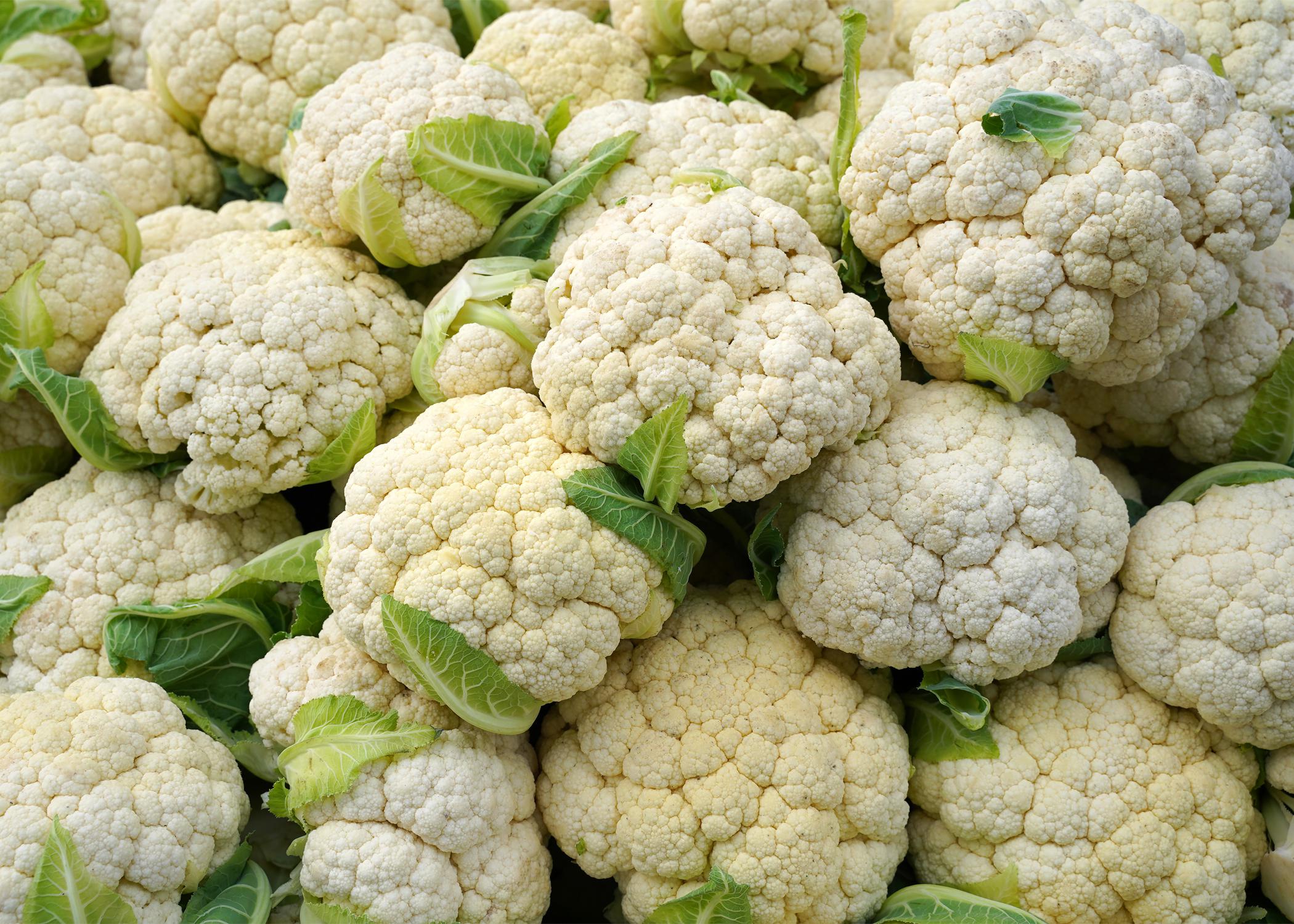Is it time to lime your landscape?
Video by Michaela Parker
You’ve spent all summer planting and maintaining your garden or mowing your lawn and are ready for a break. But before you put your landscape to bed for a long winter’s nap, consider applying lime.
How do you know if your landscape needs lime?
First, take a soil sample. We have a helpful video that will show you how! You can get sample boxes and forms at your local Extension office or at the MSU Extension Soil Testing Lab. The fee for a soil test is $8. Note: in the video, we used a professional soil sampling tool, but this is not required! A small shovel will work.
Healthy plants begin with healthy soil. Think of a soil test like the laboratory tests you get when you have your annual physical at the doctor’s office. Getting your soil tested gives you a baseline of information.
When completing the soil sample submission form, be sure to specify the type of plants you have, such as vegetable gardens, flowers, or Bermudagrass. That way you get the best pH recommendation for your situation. (More on pH in a minute.)
When you get the soil test results, look toward the middle of the first page. Your soil sample will be described as acidic or alkaline. If any lime is required it will be listed in number of pounds to be distributed over 1,000 square feet.
If you need to apply lime, fall is a great time to get it done. A fall application gives more time for the lime to react with the soil. The purpose of lime is to change the acidity of the soil, which is measured as soil pH.
Technical information alert: pH is the concentration of hydrogen ions reported on a logarithmic scale. Mississippi’s soils have pH’s that range from 4.0 to 8.0. Numbers below 7 are acidic, and those above are alkaline. Lower numbers are “more” acidic, and a soil with a pH of 5.0 is more acidic than a soil with a pH of 6.0, and much more acidic than a pH of 7.0.
Why should we care about soil pH? It is the master variable of soil fertility. Managing it well helps prevent some element toxicities that hamper plant growth or even kill them. In limed soil, some nutrients are more available for the plants to use. Fertilizer efficiency (that is how effective it is) is better. Plant roots grow more in limed soil, so the plants can obtain more water and nutrients.
In simple terms increasing the pH to the optimal amount for the plants you are trying to grow will improve their nutrition, and thus their health.
If you lime in the fall, your soil will have all the moist winter months to go through the slow chemical process of changing the pH. The soils are usually drier, which makes the liming process more pleasant for the person applying it. And, working with drier soils helps avoid compacting them.
Soil sampling should be repeated periodically. Even if you adjust your soil’s pH upward with lime, over time it will again trend downward due to rainfall, plant root activity, fertilizer reactions, and other factors. I recommend sampling during the same season so you can compare results over time.
Subscribe to Extension for Real Life
Fill in the information below to receive a weekly update of our blog posts.









